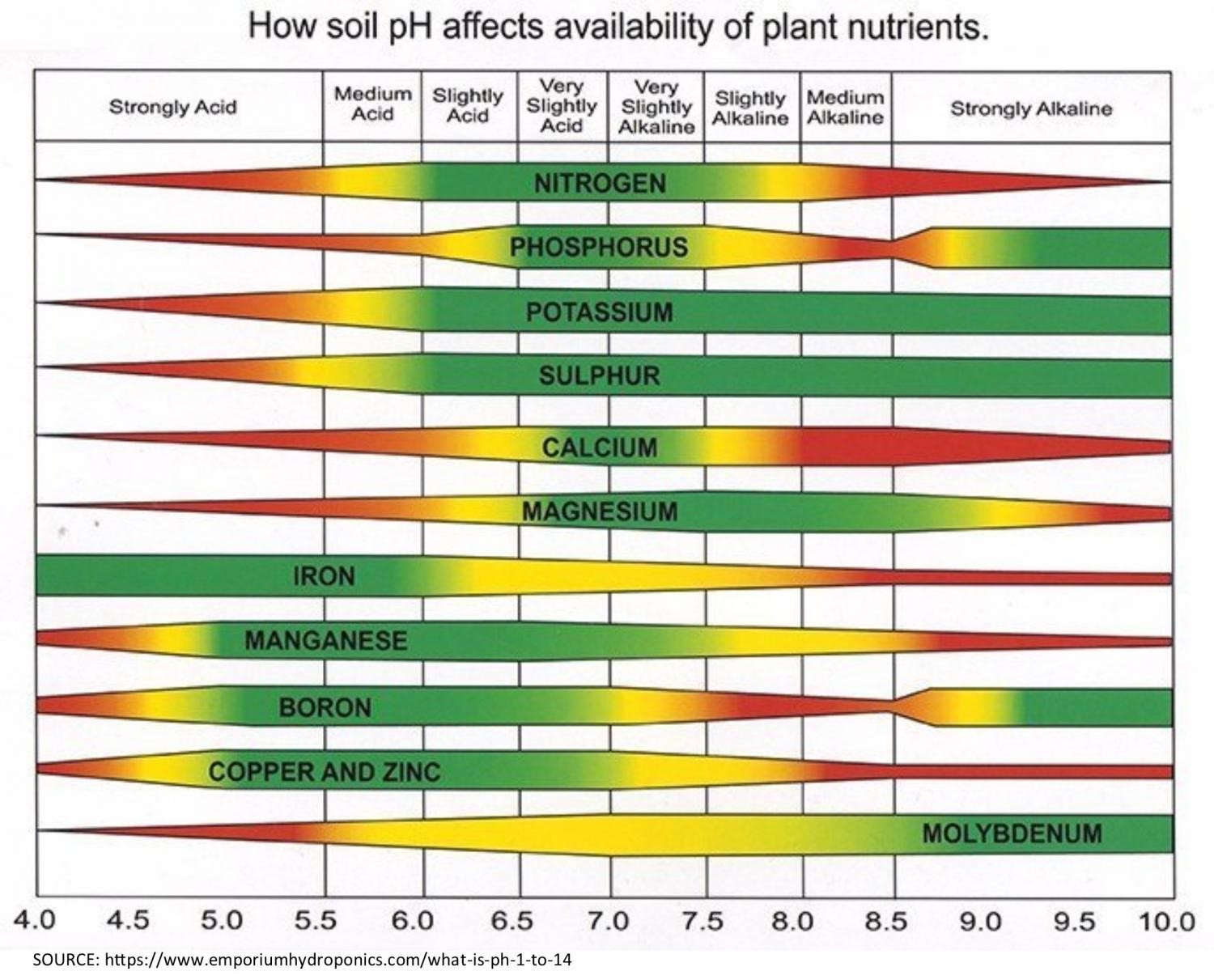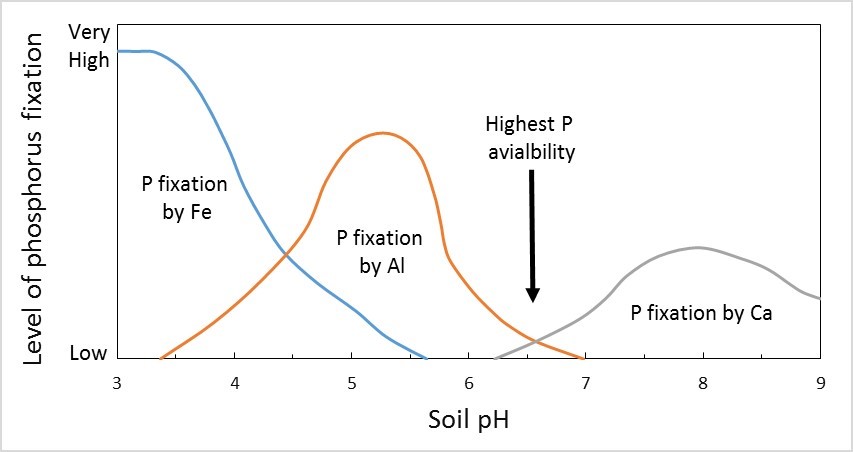By Rohan Leach, Regional Agricultural Landcare Facilitator
The production benefits of the addition of Phosphorous (P) to Australian soils has been well documented . P fertilisers are routinely used to promote pasture and crop growth and to ensure high pasture productivity. However, there is growing concern about the cost to sustainability and the environment that synthetic fertilisers may cause.
- For those interested in participating in P fertiliser demonstrations in autumn 2021, please get in contact with Rohan Leach (0417 021 795). Rohan will be running demonstration sites across the region to highlight the importance of P to grazing systems
- SSP is a cheap and effective method of increasing pasture growth and productivity. There are also a range of alternative fertilisers that can offer similar production levels, economically.
- Some alternative fertiliser treatments, despite high price tags, offer no significant differences in pasture production or microbial community structure (Leech et al. 2019)
- Soil characteristics like pH, CEC and P fertility were the main drivers of microbiology structure and diversity rather than fertiliser type (Leech et al. 2019).
Phosphorous and your soil
In the soil, P is very chemically stable and referred to as an immobile nutrient, readily binding to soil particles, where it is applied. If left undisturbed, such as in zero/minimum tillage systems, P will gradually accumulate over the years in the top few centimetres of soil, through nutrient export by plants to the soil surface. This can become a problem to germinating seedlings in dry autumns and springs as plants are only able to extract P, when the soil is moist. When the soil surface dries out, while the soil P levels may be abundant as indicated by soil tests, the plant may not be able to access it. This is why we have seen a focus on deeper placement of starter P in our cropping phases and systems. In grazing systems in Central West NSW, the slow movement of phosphorus in the profile enables farmers to spread P fertiliser during relatively quiet periods on the farm without the critical timing requirements of other activities such as the application of Nitrogen.
P will bind to the soil at different strengths depending on the soil texture. Clays will bind more strongly, sands less so. This is referred to as a soil’s “sorption capacity” with a high sorption soil requiring more fertiliser because more of the applied P is bound in a form not available to the plant (Havilah et al., 2005).
The pH of soil can also influence the availability of P. As can be seen in Figure 1, P is more available around a pH range of 6-8. Outside of this pH range, other minerals such as iron (Fe), aluminium (Al) and calcium (Ca) become more available and bind to P, making it unavailable to plants.

Figure 1: Phosphorous becomes less available outside the pH in water of 6-8 (Source: https://www.agrobest.com.au/news/How-Soil-pH-affects-availability-of-plant-nutrients-7.htm)
The best way to determine your soil P levels, as well as the rate of fertiliser you need to apply to get the best out of your crops or pasture, is to test your soil. The complex interactions between texture, pH and cultivation history can all be easily tested without having to rely on guesswork.

Figure 2: The effect of soil pH on phosphorus availability. (Source: GRDC, https://grdc.com.au/resources-and-publications/grdc-update-papers/tab-content/grdc-update-papers/2019/02/phosphorus-and-phosphorus-stratification)
Phosphorous (P) and your plants
P is an essential nutrient for healthy root and shoot growth. Adequate P nutrition for the plant results in early seedling vigour and better root development, which allows for better uptake of soil moisture and nutrients leading to more robust plants. Deficiency in P results in reduced growth, reduced vigour and reduced tillering. P deficient canola and oats crops can show purpling on the leaves and growth is retarded (Mullen & Gammie, 2003). In pasture, leaves may appear dark green and leaf tips turn brown then die.
Therefore, it is particularly important to ensure adequate P nutrition when plants are germinating, as late application of P fertiliser may miss the key requirement period among seedlings. Basically, if P is not applied before plant germination or within a couple of weeks after, you will have missed the boat until next season!
Sustainability costs
Leaching of fertilisers can cause serious environmental impacts. Algal blooms in waterways and contamination of drinking water can be seen when fertiliser management is poor. As P quickly binds to soil, issues occur when fertiliser granules or soil particles are physically washed into waterways. Risk of contamination is higher in areas with high rainfall (annual rainfall >600mm), high slope and very sandy soils with some areas of the Central West more susceptible than others. To decrease the chances of P contamination of waterways, undertake management practices to ensure groundcover is maintained and soil is tested so the optimum level of fertiliser is applied. Over fertilisation may lead to excess P being washed into waterways.
It is a developing idea within the agricultural,and indeed, the wider community, that conventional, synthetic mineral fertilisers have a negative effect on the overall health and sustainability of our agricultural land. Questions are being raised as to whether this has detrimental effects in the long term on soil biology and other environmental considerations. This has left a gap in the market where some producers choose not to use fertilisers like Single Super Phosphate (SSP), and the popularity of alternative and organic fertilisers has risen.
The promoted benefits of alternative fertilisers, including improved crop and pasture productivity, healthier soils and enhanced soil microbial function, are somewhat anecdotal with a lack of peer-reviewed scientific research conducted into this area. A recent study (Leech et al. 2019) has tried to address the existing questions regarding alternative options within a pasture system. To see more information about the study, click here to go to Central West LLS project page.
The 6-year trial (2009-2014) was conducted on three P-deficient sites near Yass (NSW) to investigate effect of topdressing perennial native-based pastures with a range of alternative fertilisers, or the industry standard SSP, and compared with an unfertilised control treatment. The effects of the fertiliser products on key soil properties, pasture growth and on the structure of soil microbial communities was also investigated.
What was found in the experiment was that SSP had the highest pasture yield for the lowest economic input. Other alternative treatments such as pig manure and Agri-Ash (a neutralising bio-waste product) also provided excellent growth and economic return. Those alternate fertilisers that performed well all had high rates of nutrient present in forms that were plant available. Importantly, many of the other products used in the trial showed no significant difference for pasture yield or quality. This highlights the importance of doing your research when it comes to the use of alternate fertilisers. Farmers are advised to find out if replicated trials have been performed with the products and the levels of nutrients in the product.
In terms of the effect on soil microbiology community, results showed minimal to no effect of SSP fertilisers compared with other fertilisers. Celestina et al. (2019) shared similar results, with fertiliser treatments having a limited effect on soil microbial community structure and diversity, three years after they were applied. Leech et al. (2019) did report correlation between other soil characteristics and microbiology community structure. Characteristics like soil pH, Al percentage, clover content in pasture, Colwell P levels and Cation Exchange Capacity (CEC) all were shown to be much more influential on soil biology. It is perhaps no surprise to some, that the more fertile and productive soils for pasture growth as a result of fertiliser treatments, had greater diversity and abundance of microbiology.
P fertiliser and your farm
In summary, single super increases pasture productivity economically. Leech et al. (2019) found an average across sites and across years of $37.25 / tonne of dry matter (DM)pasture produced in excess of the control – the most cost efficient of any treatment tested. I would challenge any farmer to find cheaper fodder on farm!
Additionally, this study found that there are some great alternative fertilisers out there that can deliver similar economic production benefits to SSP. However, it is also a caution to do your research on alternative products, as some of these products have costs of $60-150/ha with no significant effect on pasture growth or microbial community structure. This is shown in other studies that have reported small effects on crop and pasture production of liquid-based biological fertilisers derived from natural products, especially when applied at low rates (Edmeades, 2002; Kahn, 2014).
The research results clearly indicate there is no substitute for nutrient levels applied. Kahn (2014) highlighted that many alternate fertiliser products commonly contain very low levels of nutrient. Farrell et al. (2017) and Abbott et al. (2018) similarly found little evidence of increased biomass after application of a wide range of different liquid and microbial based bio-stimulants. Alternate products that are shown to perform well typically have high levels of nutrient (Leech et al., 2019).
Minimal effects to the long term soil microbiology have been observed in Australian conditions (Leech et al. 2019 & Celestina et al. 2019). Therefore, in the absence of hard evidence for benefits to soil microbiology from use of alternate fertilisers, it is advised to make your decisions about which fertiliser to use, based on economic factors and associated pasture productivity responses. Those fertilisers that deliver the greatest increase in plant growth and overall biomass will in turn lead to greater soil biological activity and improved long term productivity and soil health.
For those interested in participating in Phosphorous fertiliser demonstrations, please get in contact with me, Rohan Leach, Regional Agricultural Landcare Facilitator. I will be running demonstration sites across the Central West region in Autumn 2021 to highlight the importance of P to grazing systems in the Central West.
Rohan Leach
0417 021 795








